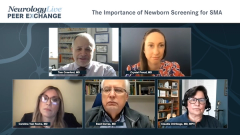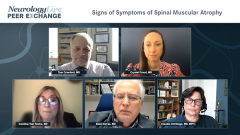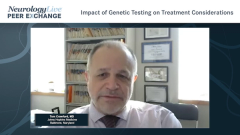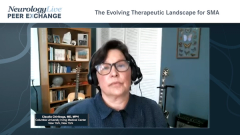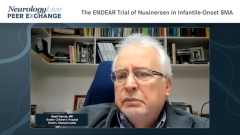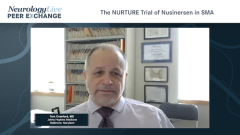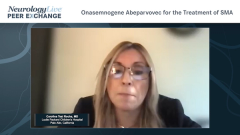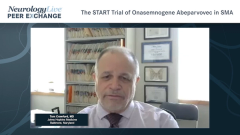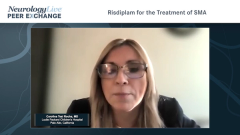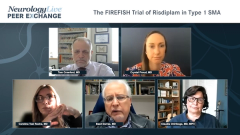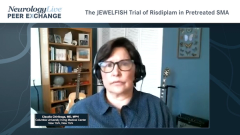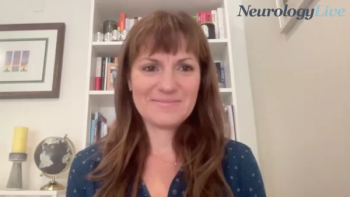
The START Trial of Onasemnogene Abeparvovec in SMA
Tom Crawford, MD provides key insights into the START clinical trial of onasemnogene abeparvovec in symptomatic SMA and discusses its safety and efficacy for children up to 24 months of age.
Episodes in this series

Crystal Pound, MD: We have talked a little about symptomatic treatment with nusinersen. Let’s switch gears and talk about symptomatic treatment with onasemnogene [abeparvovec]. Tom, maybe you could fill us in a little on that START clinical trial that came first.
Thomas Crawford, MD: The original START trial was the 1 that was done out of Ohio State University Wexner Medical Center, and it presented 15 kids that were treated and did very well. These were all symptomatic children, although 2 were identified by family risks, so they might have been hypo-symptomatic at the outset. No doubt they did well. We are all struggling with the comparison of the outcomes because there are small differences in where you are, and they have a huge effect on where you are going to be later on with SMN enhancement. It is very hard to compare the 3 therapies we have in the baby land because of small differences and also different outcome measures. That is the issue. I will point out that the initial START study and then the STR1VE trial—I think Basil [Darras] is going to talk about it; he is assigned to anyway—is that the application for the indication was based on kids less than 6 months of age. The FDA allotted, assigned, or awarded a label until 24 months of age.
We know from animal studies that, with age, there is a decrease in efficacy of transformation of viral transfection of motor neurons. There is really no way to know when that age transitions in humans. When does the blood-brain barrier become more impenetrable? The FDA was charitable in saying—they didn’t want to say, “Well, if you’re 5 months old, that is great, but if you are 7 months old, you’re out of luck.” So they chose 24 months, which was really a choice without a lot of basic science. There was heart, so we are allowed to treat kids up until that age. Those of us who were doing this want to carefully consider the potential for diminishing efficacy and also the limited safety data available in relation to that group. There is no doubt that it has been a wonderfully successful agent for kids who are less than 6 months old and the newborn screening population. We are all pretty enthusiastic about that group.
Crystal Pound, MD: Thank you for watching this Neurology Live® Peer Exchange. If you enjoyed the content, please subscribe to our e-newsletters to receive upcoming Peer Exchanges and other great content right in your inbox.
Transcript Edited for Clarity
Newsletter
Keep your finger on the pulse of neurology—subscribe to NeurologyLive for expert interviews, new data, and breakthrough treatment updates.

